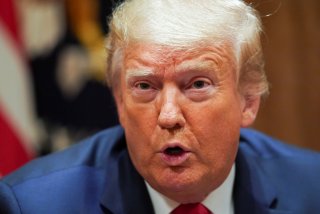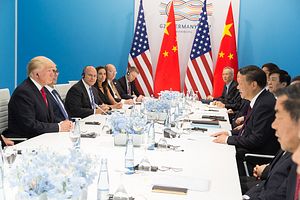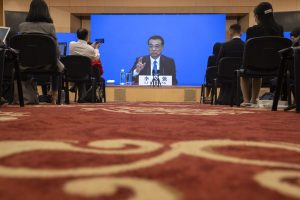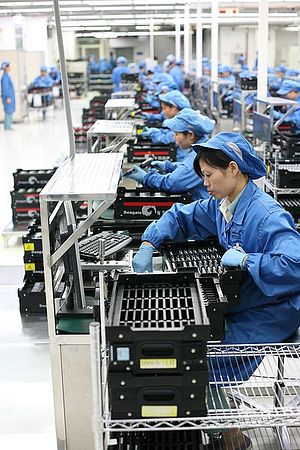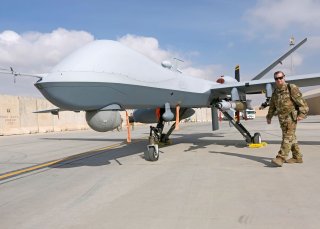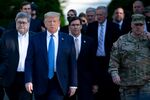Amid a gradual reopening of its economy, India has extended its nationwide lockdown in containment zones – areas where people have tested positive for COVID-19 – through June 30.
The wisdom of even a phased reopening in select sectors such as malls, restaurants and markets selling non-essential goods and domestic train and air travel is being questioned as the number of COVID-19 cases and deaths continues to climb. According to the Johns Hopkins University’s dashboard, as of June 8, India was seventh on the list of countries with the most infections with 258,090 positive cases and 7,263 deaths.
But also compelling is the pile-up of economic misery the lockdown has wrought. In the latest quarter ended April 20, India’s GDP grew the slowest in 11 years at 3.1%, and is expected to contract by 6.8% in the current fiscal year.
The economic distress in India caused by the lockdown is dire. Nearly 84% of Indian households are seeing decreases in income since the lockdown began, according to a recent study by experts at the University of Pennsylvania, University of Chicago and the Mumbai-based Centre for Monitoring the Indian Economy (CMIE), titled “How Are Indian Households Coping Under the Covid-19 Lockdown? 8 Key Findings.”


